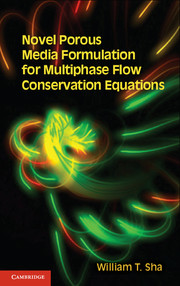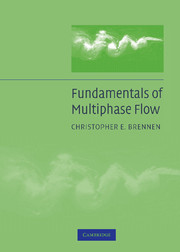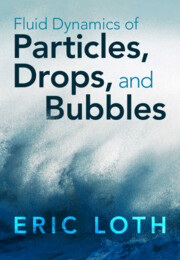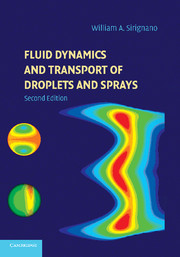Novel Porous Media Formulation for Multiphase Flow Conservation Equations
William T. Sha first proposed the novel porous media formulation in an article in Nuclear Engineering and Design in 1980. The novel porous media formulation represented a new, flexible and unified approach to solve real-world engineering problems. It uses the concept of volume porosity, directional surface porosities, distributed resistance and distributed heat source and sink. Most practical engineering problems involve many complex shapes and sizes of solid internal structures whose distributed resistance is impossible to quantify accurately. The concept of directional surface porosities eliminates the sole reliance on empirical estimation of the distributed resistance of complex-shaped structures often involved in the analysis. The directional surface porosities thus greatly improve the resolution and modeling accuracy and facilitate mock-ups of numerical simulation models of real engineering systems. Both the continuum and conventional porous media formulations are subsets of the novel porous media formulation.
- Written by renowned expert William T. Sha
- Introduces the novel porous media formulation for multiphase flow conservation equations
- Represents a new, flexible, and unified approach to solving real-world engineering problems
Reviews & endorsements
'In the reviewer's opinion, this book provides a fundamental and comprehensive presentation of the mathematical and physical theory of multiphase flow, pointing out several important practical applications. [It] is excellently written and readable. Numerical solutions are given graphically and in tabular form. A large list of 66 papers and books is included at the end of the book. The book will be useful to a wide range of specialists working in the area of flows in porous media, such as design engineers, physicists, chemical engineers, and also to researchers interested in the applied mathematical theory of flows in porous media. It can be also recommended as a text for seminars and courses, as well as for independent study. Some chapters of the book present the state-of-the-art reviews, and they provide a solid background for future research.' Ioan Pop, Zentralblatt MATH
Product details
November 2011Hardback
9781107012950
260 pages
235 × 161 × 24 mm
0.54kg
47 b/w illus. 1 table
Available
Table of Contents
- 1. Introduction
- 2. Averaging relations
- 3. Phasic conservation equations and interfacial balance equations
- 4. Local-volume-averaged conservation equations and interfacial balance equations
- 5. Time averaging of local-volume-averaged conservation equations or time-volume-averaged conservation equations and interfacial balance equations
- 6. Time averaging in relation to local volume averaging and time-volume averaging versus volume-time averaging
- 7. COMMIX code capable of computing detailed micro-flow fields with fine computational mesh and high-order differencing scheme
- 8. Discussion and concluding remarks.






